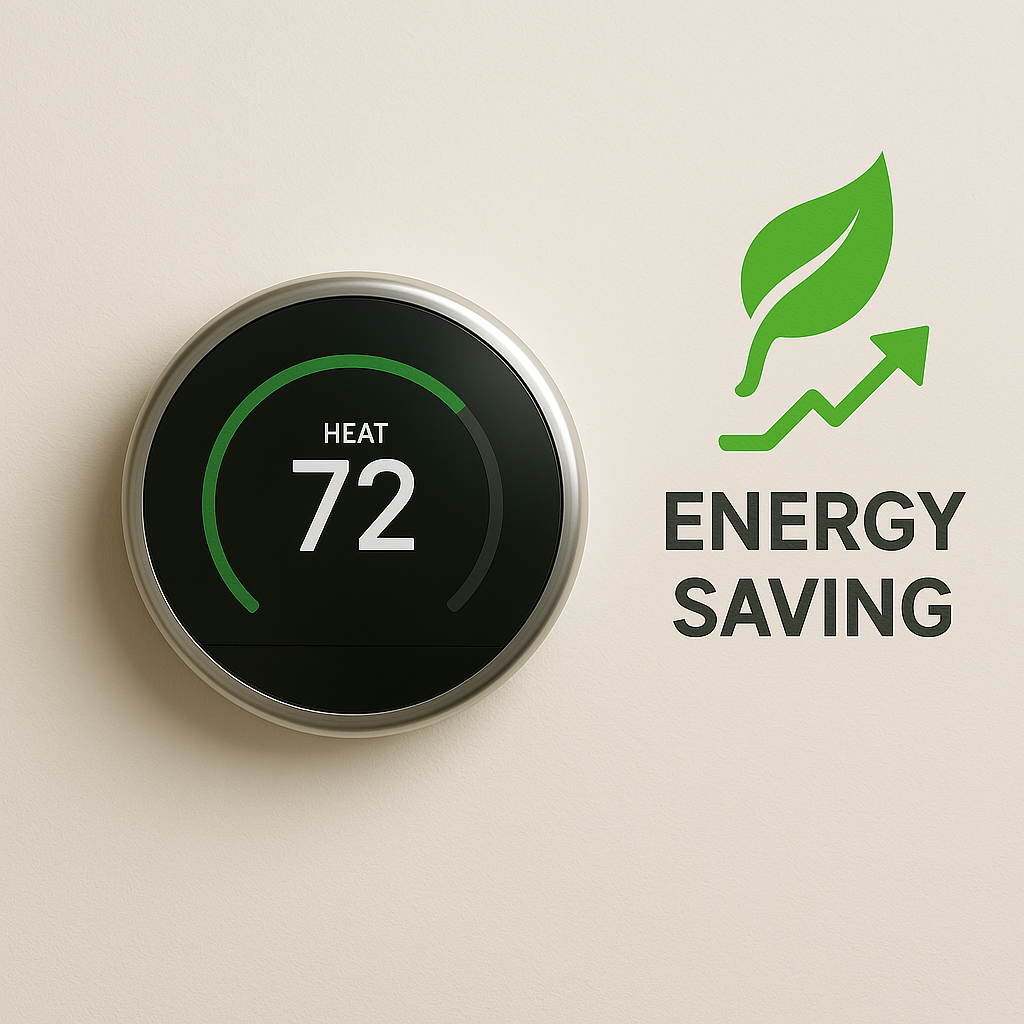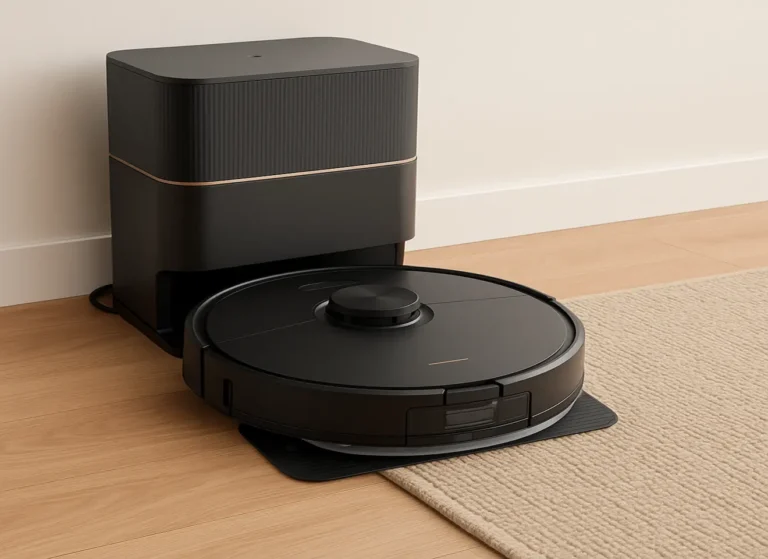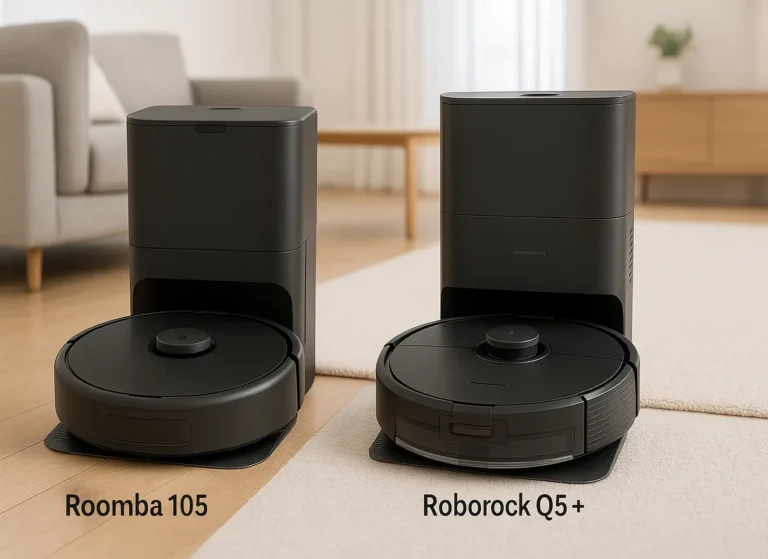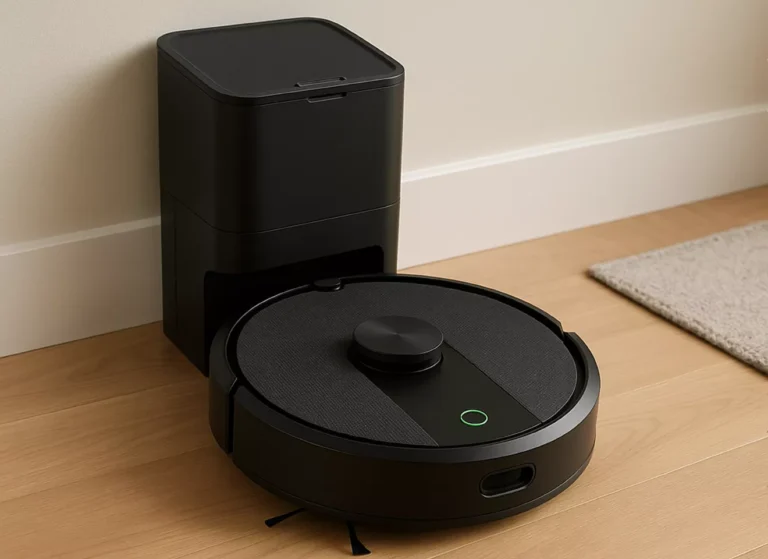Smart Thermostat Energy Saving Tips That Actually Help You Save

If your thermostat is still the kind that just stares at you blankly from the wall, offering no advice, no help, and definitely no personality, it might be time to smarten up. Quite literally. Welcome to the world of smart thermostats—the not-so-secret weapon in the modern homeowner’s fight against energy waste and wallet drain.
We all want to save energy (and money), but figuring out how to actually make that happen? That’s where things usually fall apart. Fortunately, with the right approach, a smart thermostat can do a lot more than just look pretty on your wall. Here are the smart thermostat energy saving tips that actually help you save – backed by real data, real results, and zero nonsense.
- Let It Learn You
One of the most underrated features of smart thermostats like the Google Nest Learning Thermostat or Ecobee SmartThermostat is their ability to adapt. These devices actually learn your routines and preferences. Leave for work at 8 AM every day? It remembers. Back by 6 PM? Done. The result: your HVAC system runs less when no one’s home and ramps up just in time for your return.
According to a study by Nest, users saved an average of 10-12% on heating and 15% on cooling. That’s roughly $131 to $145 per year.
- Set It and Forget It (But Not Completely)
Yes, your smart thermostat can do the thinking for you, but only if you help it a little. Use the scheduling feature to establish energy-saving temperature presets. The Department of Energy recommends setting your thermostat to 68°F in the winter when you’re home and lower while you’re away or asleep.
Don’t worry—you won’t freeze or melt. These small adjustments make a big difference over time.
- Use Geofencing to Make It Smarter
Many smart thermostats allow for geofencing, which tracks the location of your phone to determine if you’re home or not. If you leave the house, the thermostat adjusts accordingly. When you’re heading back, it kicks on in time to make your place cozy.
Ecobee’s geofencing feature is a favorite among tech reviewers, with TechCrunch noting that it’s one of the most reliable in real-world testing.
- Monitor and Adjust with Real-Time Feedback
One of the coolest (and most helpful) features is the usage report. Platforms like Nest and Ecobee provide monthly energy reports that show you exactly when and how you’re using your HVAC system. That data? Pure gold.
When you see a spike on a Tuesday afternoon, you might realize the kids cranked the AC after school. Knowledge = control = savings.
- Don’t Ignore Humidity Settings
Some smart thermostats also factor in humidity levels. A room at 74°F with 60% humidity feels hotter than a room at 76°F with 40% humidity. Lower humidity can let you keep temps slightly higher while still feeling comfortable.
According to CNET, managing indoor humidity can reduce HVAC use and lower energy bills without sacrificing comfort.
- Integrate with Smart Sensors
Adding room sensors (like those available with Ecobee) lets your thermostat know where people are actually spending time. Why cool the guest room if no one’s using it? Prioritize comfort where it matters most.
This also helps prevent the dreaded “cold hallway, hot bedroom” scenario

- Pair with Voice Assistants for Easier Adjustments
Feeling too cold but your phone’s across the room? Just say, “Alexa, set the thermostat to 72.” Integration with voice assistants means you’re more likely to make energy-conscious changes on the fly.
Amazon Alexa, Google Assistant, and Apple HomeKit all support voice control for most major smart thermostats.
- Don’t Fall for the Fancy Settings You Don’t Need
Yes, some thermostats have features that sound like science fiction. Learning algorithms, predictive maintenance alerts, weather tracking. But here’s the thing: most savings come from the simple stuff — scheduling, geofencing, and responsive adjustments.
Focus on mastering those before you worry about whether your thermostat is smarter than you.
- Seasonal Check-Ins Matter
Every season brings a different energy challenge. Before summer or winter hits hard, take a few minutes to review your schedule, test sensors, and adjust settings. A five-minute check-in can save you hours of discomfort and dozens of dollars.
Wired recommends re-evaluating thermostat settings at least twice a year for optimal performance.
- Watch the Savings Add Up
You might not notice it day to day, but over weeks and months, the small adjustments your smart thermostat makes add up. Literally. Between better scheduling, smarter detection, and your own small tweaks, saving $150 or more per year isn’t just possible—it’s common.
The EPA’s Energy Star program confirms that properly programmed thermostats can save about 8% of heating and cooling costs annually.
Conclusion: It’s Not Magic, But It’s Close
A smart thermostat isn’t just a gadget; it’s a low-effort, high-impact way to cut energy costs while staying comfortable. And best of all? You don’t have to change your lifestyle—just your thermostat.
So yes, let your thermostat get smart. Let it learn your habits. Let it argue with Alexa. And most importantly, let it quietly save you money while you focus on… literally anything else.
Explore More:
Smart Home Product Reviews — Browse our expert-tested reviews of the latest smart home gear to help you make informed buying decisions.
Google Nest Learning Thermostat Review (4th Gen, 2024) — Dive into a hands-on review of Nest’s latest thermostat and find out how it performs in real-world conditions.
Related posts:
- Energy-Efficient Smart Homes: Save Money and Energy Energy-Efficient Smart Homes: Save Money and Energy by EasySmartHomeGuide Editorial...
- Amazon Smart Thermostat Review: Saving Energy and Money with Alexa’s Helping Hand Amazon Smart Thermostat Review: Saving Energy and Money with Alexa’s...
- ecobee Smart Thermostat Essential Review: Easy Energy Savings with Alexa, Siri, and Google Assistant by EasySmartHomeGuide Editorial Team — Updated 9 October, 2025 ecobee...
- Top 5 Smart Home Devices for Energy Efficiency (2025) Top 5 Smart Home Devices for Energy Efficiency by EasySmartHomeGuide...



